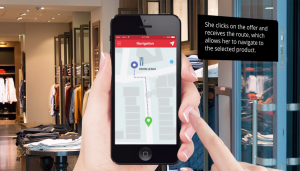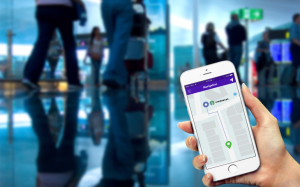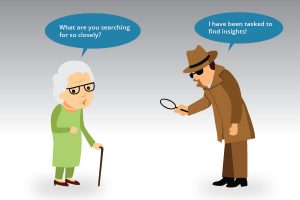The education industry is at an inflection point where beacons, phones, tablets, and laptops are redesigning the learning space. This combination of beacons technology solution, mobility and data analytics is facilitating educational institutes to be innovative in learning as well as teaching. A lot of schools and universities have already implemented beacons to offer a personalized experience to their students, faculty, and staff members while improving student engagement.
Role of beacon data analysis in the education sector
Beacons mobile app, when integrated with analytics, offers a live interactive dashboard, real time tracking, custom reports and more which will give you a bigger picture of what’s happening on campus. Other than that, the beacon education application puts the gathered data into use to gain insights regarding foot traffic, facility engagement, sharing resources, parking space, in-class activities and more.
Why is beacon an essential component of a smart campus
1) Redirect foot traffic to reduce congestion
Universities have massive student centers to service various dining needs of the students. The food courts, cafeterias and kiosks fail to manage the rush of students who are trying to grab some food before class. Using beacons, the congestion can be minimized on campus by routing students away from the food court to other dining spots when the queue stretches out of the door. Moreover, flooded eateries create clutter and fluster restaurant employees. In such scenarios, beacons can help in identifying crowd movement and dwell time, which can then be streamlined to notify students about the rush and flow in advance.
2) Trigger contextual marketing messages
Aside from using the contextual marketing notifications the students can receive suggestions about the arrival of books in the library which they can reserve remotely and later on move to the location to pick it up. They are also useful in sending push notifications of specials and discount coupons through a mobile app to the students around the library.
3) Improve navigation for visually impaired students
Beacons provide support to visually impaired students to move around on the campus as they can seamlessly navigate from one location to another within the campus. Additionally, beacons offer schools and colleges the most convenient way for tracking down resources such as public transportation as well as emergency services.
4) Making university stadiums smarter
Sports events are a huge deal in most universities today. When thousands of alumni descend on your campus on game day, a beacon based smart stadium can offer them a better experience. This is because the beacon implementation across the stadium enables geo-mapping which helps in sending alerts to the fans about the nearest restroom, wait time on food stalls, foot traffic and more. Some of the stadiums that are already using beacons are Houston Dynamo, AT&T Park, Levi’s Stadium and more.
The final say
With beacons and its analytics, the education sector can take learning and teaching to a new level altogether. The analysis of data gathered by the beacons positioned within the campus helps in offering contextually aware content to the students, faculties, and others within the educational institute. If you want to build a beacon app to help your university improve its performance, then talk to us.





